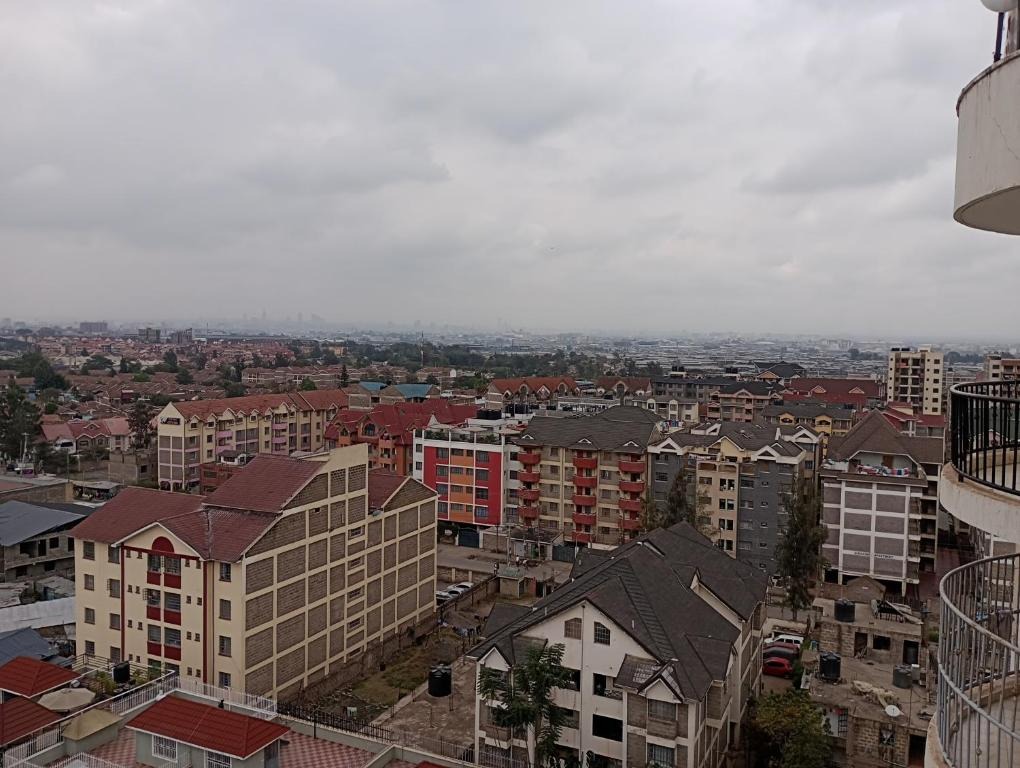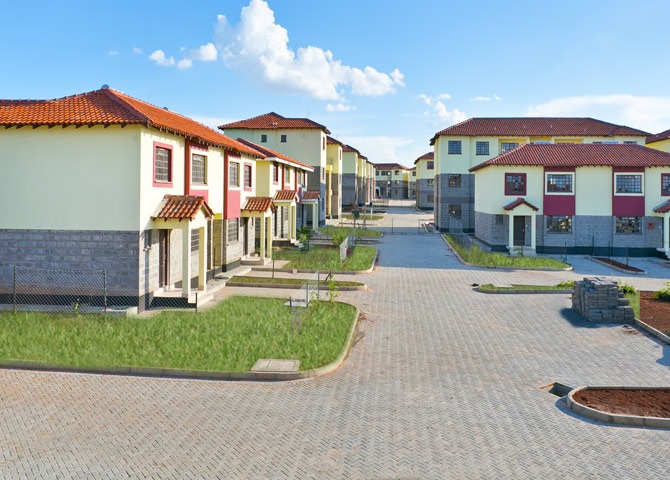
The housing market is often seen as a barometer of economic health. It reflects broader economic trends, from consumer confidence to interest rates, and can offer insights into the resilience of an economy in times of crisis. Kenya, with its dynamic economy and burgeoning urban population, provides a fascinating case study of how housing markets respond to economic downturns and crises.
Historical Context of Kenya’s Housing Market

Kenya’s housing market has evolved significantly over the past few decades. The country’s economic growth, driven by sectors such as agriculture, tourism, and technology, has spurred urbanization and increased demand for housing. However, like any economy, Kenya has faced its share of economic challenges, from the global financial crisis of 2008 to domestic issues like political instability and fluctuating commodity prices.
Impact of the Global Financial Crisis

The global financial crisis of 2008 was a litmus test for economies worldwide. For Kenya, the impact was less severe than in Western economies, but the ripple effects were felt. Credit tightened, and consumer confidence dipped. Despite these challenges, the Kenyan housing market showed remarkable resilience. A combination of robust economic policies, a relatively insulated banking sector, and continued foreign investment helped cushion the blow.
One key lesson from this period was the importance of a diversified economy. Kenya’s reliance on multiple sectors, rather than a single industry, helped mitigate the impact of the global downturn. Additionally, the government’s efforts to promote affordable housing and infrastructure development provided a buffer against the economic shocks.
Political Instability and the Housing Market
Kenya has also faced internal challenges that have tested the resilience of its housing market. Political instability, particularly around election periods, has historically caused economic uncertainty. The 2007-2008 post-election violence, for instance, led to significant economic disruption.
During such times, the housing market often experiences a slowdown as investors adopt a wait-and-see approach. Property prices can stagnate or even decline, and new developments may be put on hold. However, Kenya’s housing market has repeatedly demonstrated an ability to bounce back. Post-crisis periods often see a resurgence in activity, driven by pent-up demand and renewed investor confidence.
The Role of Government Policy
Government policy plays a crucial role in the resilience of the housing market. In Kenya, initiatives like the Affordable Housing Programme under the Big Four Agenda have aimed to address the housing deficit and promote homeownership. These policies have provided stability and growth opportunities, even during economic downturns.
Furthermore, the establishment of institutions like the Kenya Mortgage Refinance Company (KMRC) has improved access to affordable mortgages, making homeownership more attainable for many Kenyans. These initiatives not only boost the housing market but also contribute to overall economic stability by fostering a sense of security and investment among the population.
Lessons from the COVID-19 Pandemic
The COVID-19 pandemic presented an unprecedented challenge to economies worldwide. In Kenya, the initial impact on the housing market was significant. Movement restrictions, job losses, and economic uncertainty led to a decline in property transactions and a slowdown in new developments.
However, the pandemic also underscored the adaptability and resilience of the Kenyan housing market. The increased use of digital platforms for property transactions, virtual tours, and online mortgage applications helped maintain market activity. Additionally, there was a noticeable shift in demand towards suburban and peri-urban areas, driven by the need for more spacious living environments in light of remote working trends.
Innovations and Future Prospects
One of the most significant lessons from past economic downturns is the importance of innovation and adaptability. The Kenyan housing market has seen a rise in innovative solutions aimed at enhancing resilience. These include green building technologies, which reduce construction costs and increase energy efficiency, and the use of alternative building materials to make housing more affordable.
Looking ahead, the prospects for Kenya’s housing market remain positive. Continued urbanization, a growing middle class, and ongoing government support for affordable housing are key drivers of future growth. Moreover, the emphasis on sustainability and smart housing solutions positions Kenya well to navigate future economic challenges.
Conclusion

Kenya’s housing market has shown remarkable resilience in the face of various economic downturns and crises. The lessons learned from these experiences highlight the importance of a diversified economy, proactive government policies, and the ability to innovate and adapt to changing circumstances. As Kenya continues to develop, these lessons will be crucial in ensuring that the housing market remains robust and capable of supporting the country’s economic growth and stability.
In conclusion, the resilience of Kenya’s housing market offers valuable insights into how economies can weather economic storms. By continuing to leverage these lessons, Kenya can not only safeguard its housing sector but also enhance its overall economic resilience.







